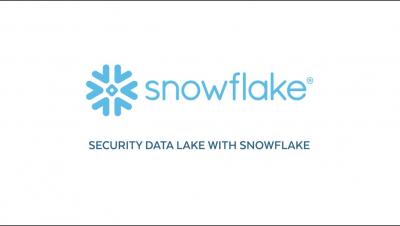Systems | Development | Analytics | API | Testing
%term
The Security Challenges of Data Warehousing in the Cloud
Many organizations struggle to meet growing and variable data warehouse demands. No matter how much they pad their annual IT budgets, there never seems to be enough capacity to cover unexpected business requests. This leads to resource restrictions for the various business units that use the platform. When business units are not well served by central IT, “shadow IT” emerges.
How Data Fabrics Power Industrial IoT
Unlike typical resources companies depend upon to thrive, the amount of data available to enterprises is not finite. With edge technology and smart devices, there is truly no limit to the quantity of useful data companies can and should be using to make better informed decisions. But many businesses unnecessarily limit the variety, quality, and extent of the data at their disposal by not having the right data architecture.
Apigee: Your gateway to more manageable APIs for SAP
Businesses migrating their SAP environments to Google Cloud do so for a number of reasons. Most cite the agility, scalability and security advantages of migrating SAP workloads to Google Cloud; many also focus on improved uptime and performance. At some point, most businesses also want to explore the idea that there's a fortune locked up in their business data—and that the cloud holds the key.
Snowflake for Security Data Lake
Using AI to Detect Stock Market Abuse | Part 1 | Snowflake Inc
Automation Testing Presence & Future | Test Automation Landscape Report 2020
Five Reasons to Consider a Modern Data Stack
Fivetran co-founder and CEO George Fraser shares the importance of the modern data stack and five developments he’s eagerly following. When Thomas Edison switched on his first working light bulb, even he could not have predicted that this new technology would eventually revolutionize every aspect of modern life.











